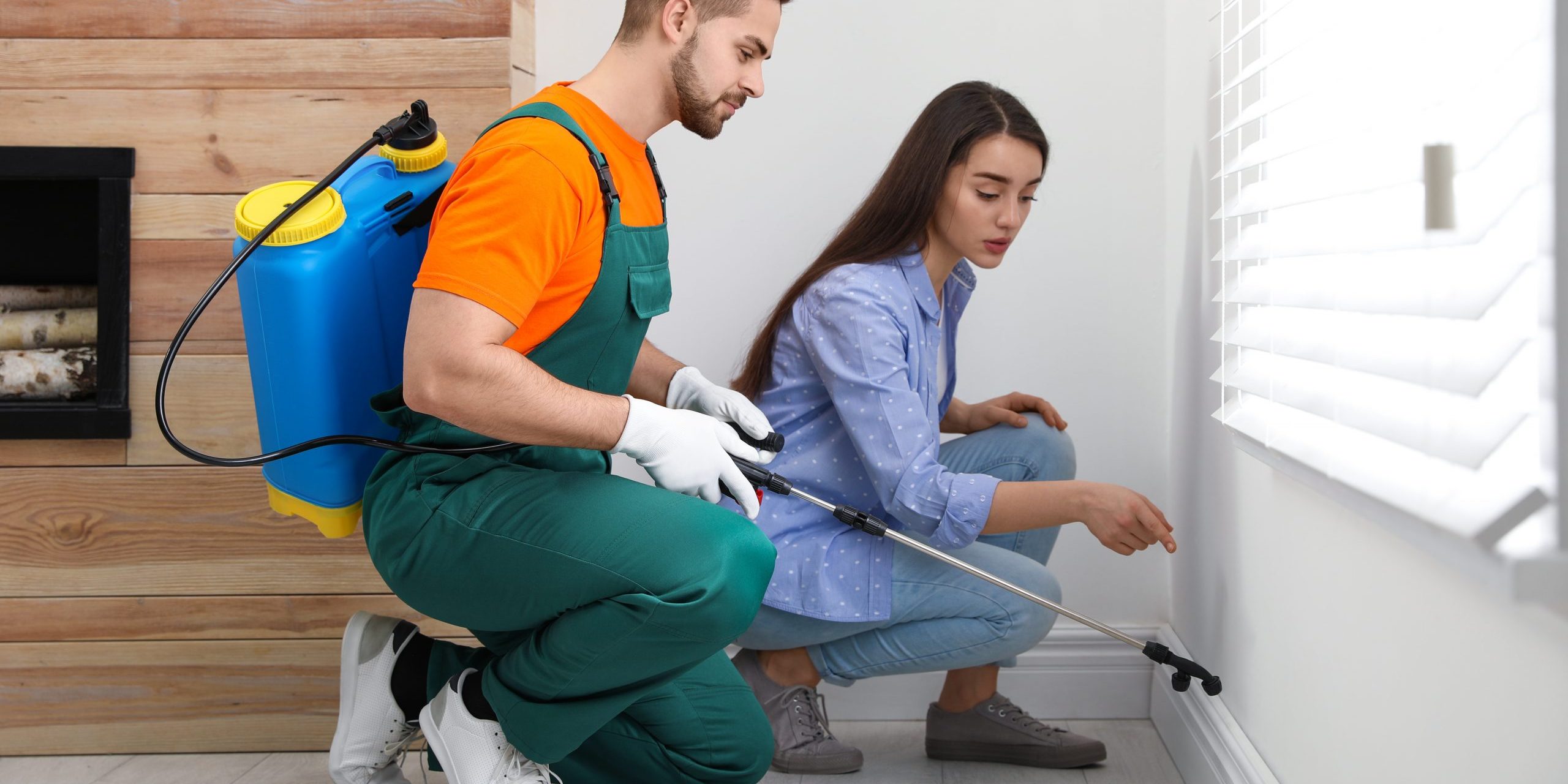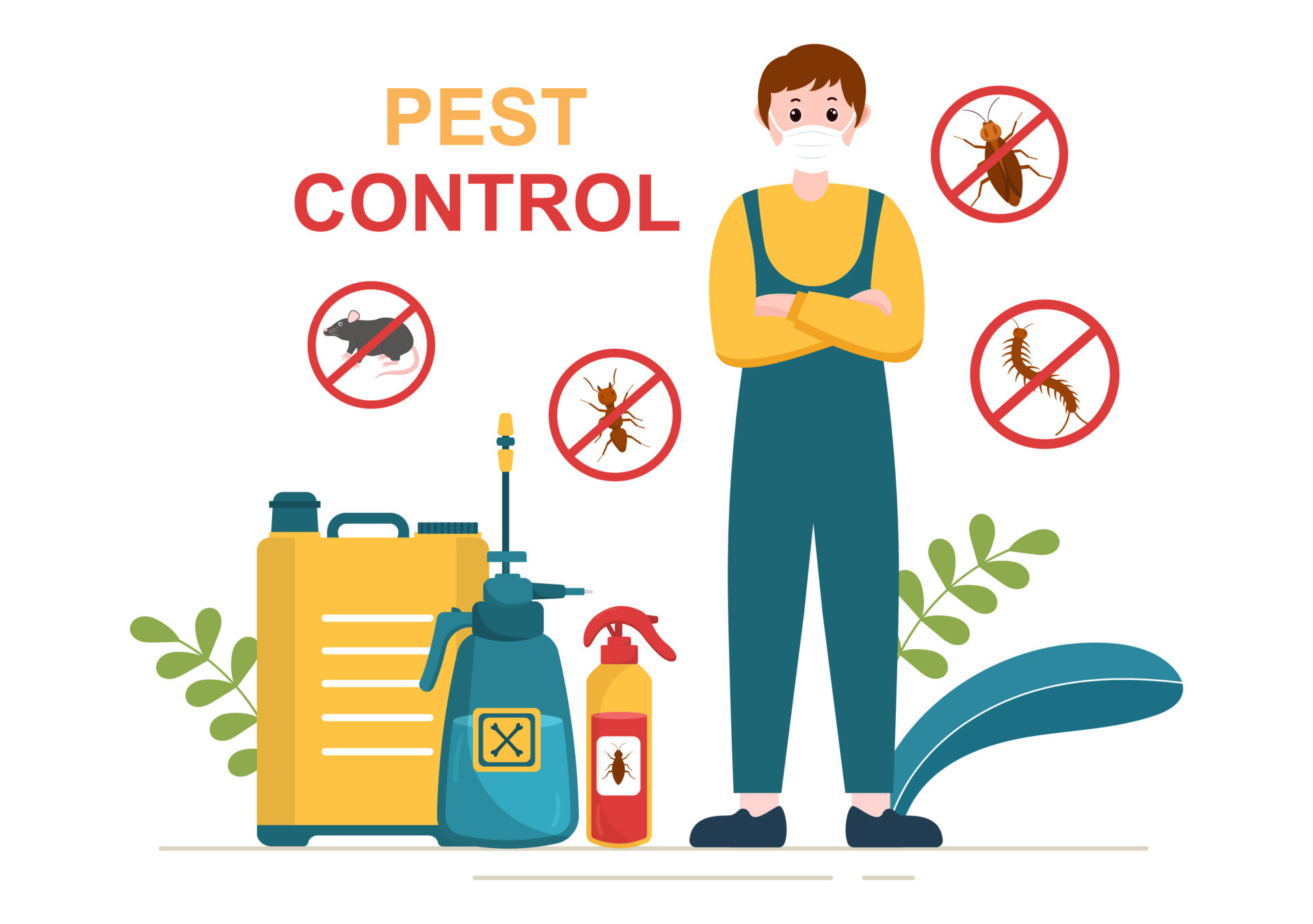Trusted Pest Control Washington DC: Shield Your Home and Organization!
Trusted Pest Control Washington DC: Shield Your Home and Organization!
Blog Article
Professional Parasite Control Techniques for Long-Term Outcomes
Professional bug control techniques envelop an extensive approach that begins with a detailed evaluation and analysis, followed by exact parasite identification to comprehend their actions patterns. The implementation of Integrated Bug Monitoring (IPM) principles, combined with eco-conscious therapies, creates the cornerstone of sustainable parasite eradication.
Evaluation and Analysis
Upon getting in a property for insect control solutions, the first action is a comprehensive assessment and analysis to recognize the extent of the infestation and figure out one of the most reliable therapy strategy. Professional insect control service technicians are educated to diligently examine the premises, seeking signs of insect task such as droppings, munch marks, nests, or any type of structural damages. They will certainly also evaluate the conditions that may be bring in bugs, such as food resources, water leakages, or entrance points.

Pest Identification and Actions

Additionally, understanding the behavior of the identified pest is vital to applying reliable control procedures. Understanding where insects nest, what they feed on, and their activity patterns can aid pest control specialists create methods to eradicate them efficiently.
Integrated Parasite Monitoring (IPM)
Integrated Bug Management (IPM) strategies incorporate several methods to control and protect against bug infestations in a sustainable and eco friendly manner. pest control. By integrating approaches such as organic control, habitat adjustment, modification of social methods, and making use of immune varieties, IPM intends to reduce the usage of chemical pesticides
One of the essential principles of IPM is the focus on avoidance. This positive approach entails tracking pest control near me parasite populations regularly to identify any type of possible issues prior to they escalate. By determining pest issues early on, pest control procedures can be implemented quickly and effectively.
Moreover, IPM advertises using safe parasite control methods whenever feasible. This can consist of employing all-natural killers of the pests, introducing beneficial bugs, or making use of scents to disrupt mating patterns. By lowering reliance on chemical pesticides, IPM not only secures the setting but likewise assists keep an equilibrium in the community.
Environmentally-Friendly Treatments
Applying eco-conscious strategies in insect control procedures can successfully resolve infestations while prioritizing environmental sustainability. Environmentally-friendly treatments concentrate on lessening the influence of parasite control methods on communities, non-target organisms, and human health and wellness. These techniques commonly entail the usage of all-natural killers, such as ladybugs or nematodes, to regulate pest populaces, lowering the demand for chemical treatments. In addition, strategies like environment adjustment, such as readjusting dampness degrees or getting rid of food resources, can assist prevent bugs without using dangerous compounds.
One more key facet of environmentally-friendly therapies is making use of organic and biodegradable items that damage down rapidly without leaving hazardous deposits in the setting. Herb insecticides acquired from plants like chrysanthemums or neem use efficient insect control while positioning marginal danger to non-target species. Utilizing methods like warmth treatments or scent traps can target certain insects with accuracy, decreasing the total environmental influence of insect control techniques.
Continuous Surveillance and Maintenance
Continual monitoring and upkeep are necessary components of efficient parasite control administration. Recurring monitoring plays a critical role in making sure that pest invasions are identified early and taken care of promptly. Routine examinations by qualified experts are essential to identify any type of indicators of pest activity, analyze the effectiveness of previous treatments, and make modifications to the bug control strategy as required. By keeping track of insect populaces with time, pest control specialists can track trends, prepare for possible concerns, and apply safety nets to reduce the danger of future invasions.
In enhancement to tracking, maintenance techniques are important for long-term bug control success. This includes applying appropriate sanitation procedures to eliminate possible food and water sources for parasites, sealing off access points to prevent bugs from entering the facilities, and addressing any type of architectural problems that can help with bug infestations (bed bug heat treatment). By including ongoing tracking and upkeep into an incorporated insect monitoring technique, services can ensure a pest-free atmosphere and secure their residential property versus costly damages and wellness risks
Conclusion
In final thought, making use of professional pest control methods such as detailed inspection and evaluation, precise parasite recognition and understanding of their behavior, integrated insect administration approaches, environmentally-friendly therapies, and recurring monitoring and maintenance are important for accomplishing long-lasting outcomes in parasite control. By applying these approaches, individuals can effectively manage pest infestations and preserve a pest-free atmosphere in a lasting way.
Report this page